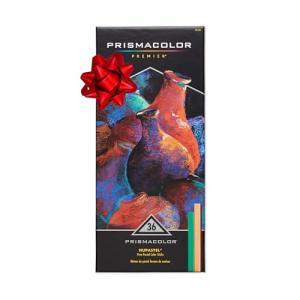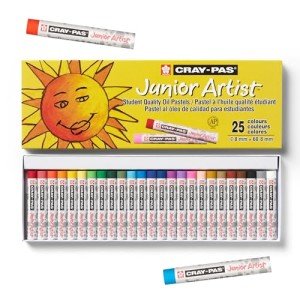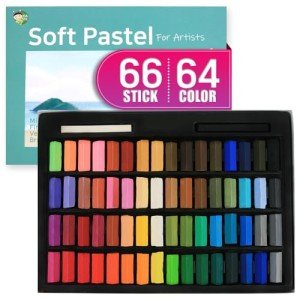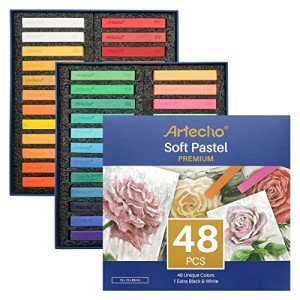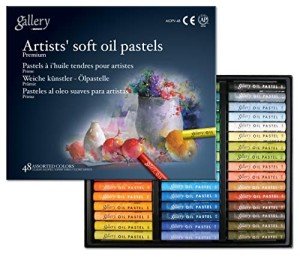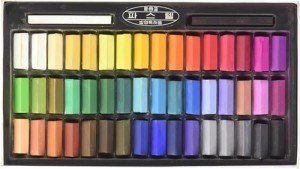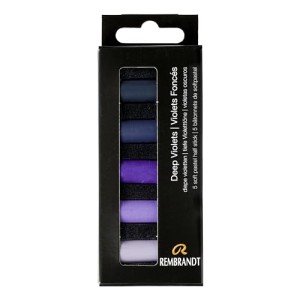Pastels, known for their remarkable luminosity and the ability to capture soft, dreamlike images, have fascinated artists for centuries. These versatile and delicate sticks of color are celebrated for their unique qualities and have played a vital role in the realm of visual arts. In this article, we will explore the captivating world of pastels for art, from their history and composition to the wide range of techniques they offer and the enchanting creative possibilities they unlock.
The History of Pastels in Art
Pastels have a rich history that can be traced back to ancient civilizations. They gained popularity in the 18th century during the Rococo period and were favored by artists for their ability to create delicate, ethereal, and highly detailed works. Since then, pastels have continued to evolve, becoming an essential medium for artists of various genres.
Composition of Pastels
Pastels are composed of pure pigments mixed with a minimal amount of binder, typically gum arabic or gum tragacanth. This minimal binding allows pastels to maintain their intense color and luminosity, resulting in vivid, lightfast works of art. Pastels come in various forms, including soft pastels, hard pastels, and oil pastels, each offering distinct characteristics.
Soft Pastels: Soft pastels are the most common and versatile form of pastels. They have a high pigment-to-binder ratio, making them incredibly vibrant and easily blendable. Soft pastels are ideal for creating broad strokes, blending colors, and capturing fine details.
Hard Pastels: Hard pastels, also known as pastel pencils, have a higher binder content, making them more rigid and less prone to smudging. They are excellent for precise lines and detailed work, offering control and precision to artists.
Oil Pastels: Oil pastels are a unique variation of pastels, containing a significant amount of non-drying oil as the binder. They are known for their rich, creamy texture and the ability to blend smoothly. Oil pastels are versatile and can be used on a variety of surfaces, including paper, canvas, and even wood.
Techniques and Creative Possibilities
Pastels offer a vast range of techniques and creative possibilities, making them a favorite medium among artists:
Layering: Pastels excel in layering and building up color, allowing artists to create depth and luminosity in their work. The ability to layer pastel strokes results in a wide range of hues and values.
Blending: Pastels can be easily blended using various tools, such as fingers, blending stumps, or soft brushes. Blending helps achieve smooth transitions and create atmospheric effects in artwork.
Impasto: Artists can apply pastels more heavily to create impasto effects, adding texture and dimension to their pieces.
Scumbling: Scumbling involves lightly applying pastel in a circular motion, allowing the texture of the paper to show through and creating a soft, ethereal look.
Sgraffito: Sgraffito is a technique where artists scratch or etch into the pastel layer to reveal the layers beneath, adding detail and texture to the artwork.
Pastels, with their luminous qualities and delicate touch, continue to captivate artists and art enthusiasts alike. Their rich history, unique composition, and versatile nature make them a medium that can breathe life into a wide range of artistic expressions. Whether you are a seasoned pastel artist or someone eager to explore this enchanting medium for the first time, pastels offer a world of creative possibilities waiting to be discovered. The next time you pick up a pastel stick or pencil, remember that you hold in your hand not just a tool but a medium that can transport your imagination to realms of soft hues, expressive strokes, and timeless beauty.
